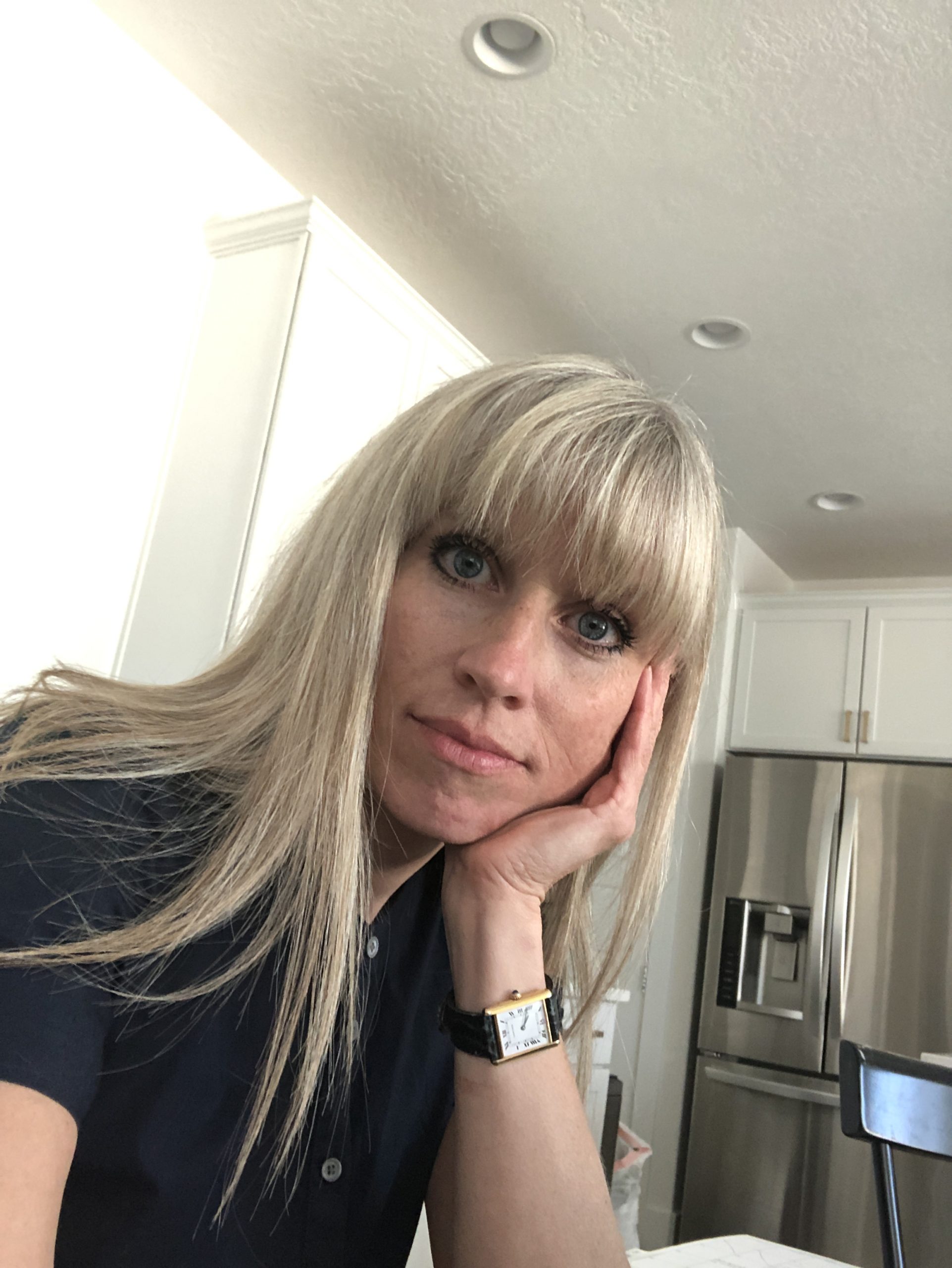 The summer before my college senior year, I worked for a fishing guide business in Alaska. During this summer, I spent most of my time in a fish processing “hut” near the banks of the Kenai River. The Kenai River is famous for its King salmon, which can reach over 100 pounds. Most of the largest fish caught in the past 30 years have come from the Kenai River. It was here that I learned how to properly gut and filet fish, carefully removing the sacks of eggs from females to use as bait.
The summer before my college senior year, I worked for a fishing guide business in Alaska. During this summer, I spent most of my time in a fish processing “hut” near the banks of the Kenai River. The Kenai River is famous for its King salmon, which can reach over 100 pounds. Most of the largest fish caught in the past 30 years have come from the Kenai River. It was here that I learned how to properly gut and filet fish, carefully removing the sacks of eggs from females to use as bait.
Because Alaska enjoys 24-hour daylight for two months in the summer, I worked all day long (and night)–earning around $2.50/hour (based on a fixed salary). The long days left little time to explore Alaska or go fishing. If the fishing guide business hadn’t belonged to my then-husband, I never would have taken the job. I learned two things from my summer in Alaska. First, I learned to more fully appreciate people who work manual labor jobs. Second, I learned that I love seafood—catching, eating, fish guts and all. You could say processing fish is a super power of mine.
One of the things I was hoping to do that summer in Alaska was to learn how to catch Alaskan king crab. However, since we were so busy working, I never got to. After the season, I decided I would definitely have to do it another time. Well, like many things that get added to our “someday” lists, time passed, and it never happened. So, when I was making my List of 50 Things, I added “Go Crabbing” as #35.
During Fall Break, I finally fulfilled my dream of going crabbing. Well, sort of. When we went to New England, I couldn’t find a guide to teach us how to catch crab. Apparently, it’s something you can  just do on your own (but not when you’re on vacation without the right equipment). So, I did the next best thing—I found a guide to take us lobstering! I think lobstering ended up being the best part of our trip to New England.
just do on your own (but not when you’re on vacation without the right equipment). So, I did the next best thing—I found a guide to take us lobstering! I think lobstering ended up being the best part of our trip to New England.
On a beautiful Saturday afternoon in Ogunquit, Maine, we joined Captain Tom on his lobster boat. During this adventure on the North Atlantic Ocean, we learned how to trap lobster and learned all sorts of lobster trivia.

Did you know that lobsters can amputate their limbs to escape danger (called autotomy)? If they can find the claw they amputated, they will eat it for the nutrients to help grow a new claw. Over time, they can regenerate claws, legs, and antennae. However, if a lobster loses an eye, it cannot regenerate a new one.
Some additional fun facts: Maine is responsible for 80% of the lobster served in restaurants world-wide. Females only mate with males their size and larger. Lobsters don’t like sand because it makes them feel exposed. Lobsters can travel up to 11 miles an hour by flapping their tails. In parts of Italy, restaurants have to electrocute lobsters before boiling them to provide a more “humane” experience.

During our lobstering excursion with Captain Tom, we caught 10 lobsters and a crab with a metal trap (like a cage) lowered off the side of his boat. He even caught a female, and we were able to see the 30,000 eggs she carried under her tail before he threw her back into the ocean.
To catch a lobster, you place fish guts inside the “kitchen”—one of the trap’s two inner compartments. After it’s lowered into the ocean (20-100 feet), the unsuspecting lobster walks easily into the trap and into the kitchen to grab the bait. The only way to exit is  through another compartment called the “parlor.” Once the lobster enters the parlor, the funnel design prevents it from exiting and it becomes trapped. When I asked Captain Tom the most lobster he’d ever caught in a single trap, he said “32.” Wow!
through another compartment called the “parlor.” Once the lobster enters the parlor, the funnel design prevents it from exiting and it becomes trapped. When I asked Captain Tom the most lobster he’d ever caught in a single trap, he said “32.” Wow!
At the end of the excursion, we took pictures with Captain Tom, and he tried to convince my son to go to school and become a lobsterman. After all, you can make a pretty good living, and many lobstermen can retire after working just 20 years. Giving the idea brief consideration, my son told him he wasn’t interested and just like that…my dreams of eating all you-can eat-lobster for the rest of my life, were gone.






Leave a Reply